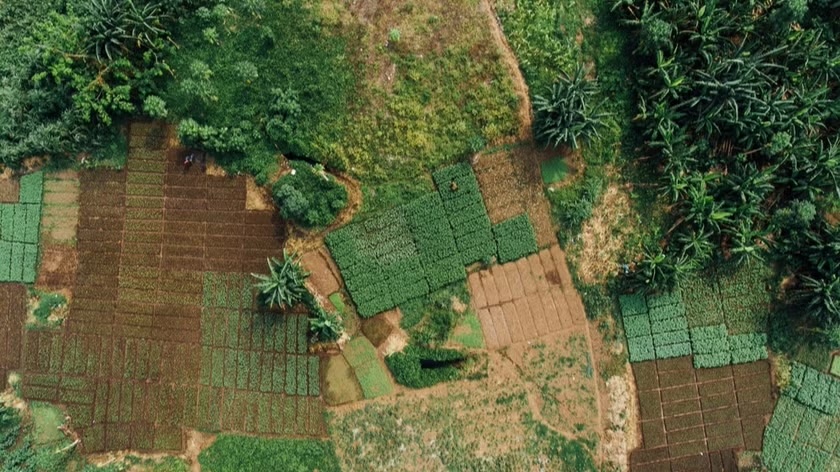For developing countries throughout the world, efforts to tackle climate change can create opportunities to improve the well-being of people living in extreme poverty. A report just launched by Drawdown Lift, a program of Project Drawdown, provides a synthesis of such win-win opportunities. The report entitled Climate–Poverty Connections: Opportunities for synergistic solutions at the intersection of planetary and human well-being, includes concrete evidence from the sub-Saharan Africa and South Asia regions. This is very relevant to the Global Environment Facility’s integrated approach to tackling global environmental challenges, which emphasizes the multiple benefits of forging low carbon and nature-positive development pathways.
To date, the benefits of addressing climate change in ways that simultaneously improve human well-being have been commonly overlooked despite their promise to yield substantial socioeconomic, health, equality, ecological, and biodiversity gains in countries where needs are greatest. The Drawdown Lift report reveals myriad ways in which technologies and practices that offer proven, substantial benefits for climate change also improve multiple aspects of human well-being, particularly people’s livelihoods, health, food security, education, gender equality, and access to energy. Taking an integrated approach to climate and development interventions is critically important to achieve these wide-reaching results. Working across sectors and silos is the only way we can lock in meaningful change for people and the planet.
The report notes that several climate solutions related to agriculture and agroforestry also boost livelihoods because higher crop yields and improved crop resilience to climate extremes can result in more revenues. This is consistent with the experience of the GEF Resilient Food Systems program, which is supporting 12 countries across the drylands of sub-Saharan Africa. Through its investments to safeguard countries’ natural capital — soil, land water, biodiversity — the program is also addressing the socio-economic needs of smallholder farmers. For example, in Ethiopia, about 118,000 families are involved through the program in climate-resilient production and livelihood activities across different value chains, including community watershed land rehabilitation, reduction of fuelwood and dung demand for energy, and diversification of both on-farm and off-farm employment. And in Nigeria, 38,900 farmers are adopting climate resilient agricultural practices that support more secure livelihoods.
The evidence provided in this report demonstrates the considerable scope and potential for scaling up climate action to tackle poverty in the developing world. The GEF is committed to seizing this opportunity in its upcoming programming cycle, following the recent record pledge of funding by donors for 2022 to 2026. Much of the funding will be delivered through integrated programs that recognize the interdependency between human well-being and a healthy environment. This Healthy Planet, Healthy People approach is fundamental to how GEF investments will tackle breakdowns in the food, energy, urban, health, and natural systems that underpin human development. In this way, as the Drawdown Lift report shows, countries have an opportunity to not only generate global environmental benefits but also create meaningful and lasting improvements for local communities through more prosperous and resilient livelihoods.
